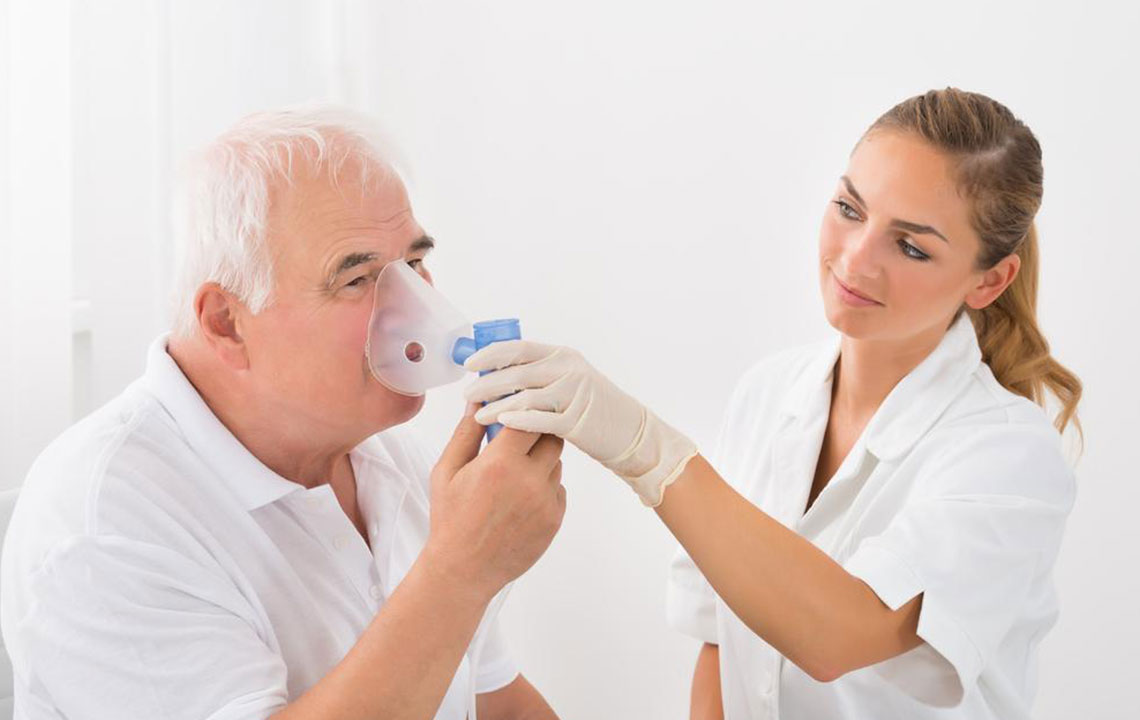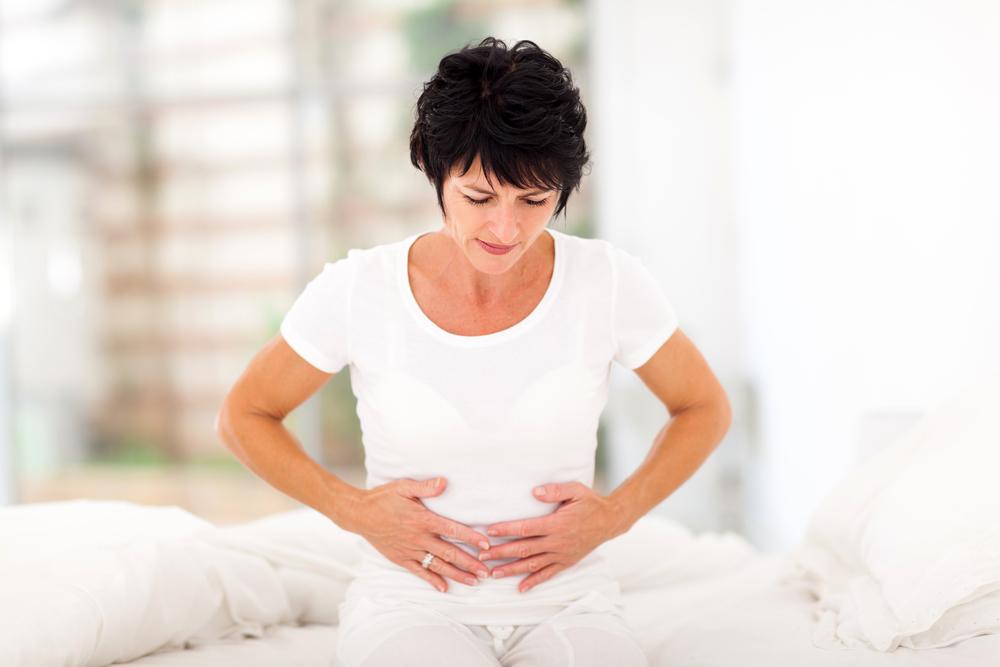Understanding Pulmonary Fibrosis: Symptoms, Causes, and Treatment Options
Pulmonary fibrosis is a serious lung disease characterized by scarring of lung tissue, leading to breathing difficulties. Symptoms include dry cough, fatigue, and finger clubbing. Causes range from environmental toxins to medications, though many cases are idiopathic. While lung damage is irreversible, treatments like medications, oxygen therapy, and pulmonary rehab can improve quality of life. Lung transplants may be considered for advanced cases. Timely medical assessment and management are crucial to controlling symptoms and slowing disease progression.

Understanding Pulmonary Fibrosis: Symptoms, Causes, and Treatment Options
Pulmonary fibrosis is a lung condition where lung tissue becomes scarred and stiff, impairing normal breathing. As the disease worsens, individuals often experience increasing shortness of breath. The originating causes can be diverse, and in many cases, the exact reason remains unknown, leading to a diagnosis of idiopathic pulmonary fibrosis.
While lung scarring from pulmonary fibrosis cannot be reversed, treatment strategies exist to alleviate symptoms and enhance life quality through medications and therapies.
For many patients, a lung transplant offers hope for improved health.
Common symptoms include:
- Persistent dry cough
- Fatigue and weakness
- Muscle and joint aches
- Unexpected weight loss
- Clubbing of fingertips
The manifestation and progression of pulmonary fibrosis vary; some individuals experience rapid decline, while others deteriorate gradually over months or years. Sudden worsening can cause severe shortness of breath requiring urgent medical intervention.
During acute flare-ups, patients may need mechanical ventilation. Treatments often involve corticosteroids and antibiotics, alongside other medications.
Potential causes of pulmonary fibrosis:
The disease involves thickening and scarring of tissue around the air sacs, hindering oxygen transfer into the bloodstream. Causes include pre-existing health conditions, environmental toxin exposure, certain medications, and radiation treatments.
Environmental and occupational risks: Long-term exposure to pollutants such as asbestos fibers, silica dust, coal and metal dust, animal waste, grain dust, and radiation can cause lung damage. Radiation therapy for cancers can also contribute, especially when combined with chemotherapies or certain medications. Drugs like cyclophosphamide, methotrexate, ethambutol, amiodarone, and sulfasalazine are known to have lung-damaging side effects.
Available treatments: Currently, lung fibrosis cannot be reversed or halted. But, symptom management and slowing disease progression are achievable through medications and supportive therapies. New drugs like nintedanib and pirfenidone have been approved to slow disease progression, though they have side effects such as nausea and diarrhea.
Oxygen therapy improves breathing ease, reduces complications, and enhances sleep quality, though it doesn’t stop lung damage. Pulmonary rehabilitation programs assist in improving daily functioning by offering nutritional counseling, education, breathing techniques, and physical exercises. Lung transplantation remains a potential option for eligible patients to extend lifespan and quality of life, despite associated risks like infection and rejection. Medical consultation is essential to determine suitability.










